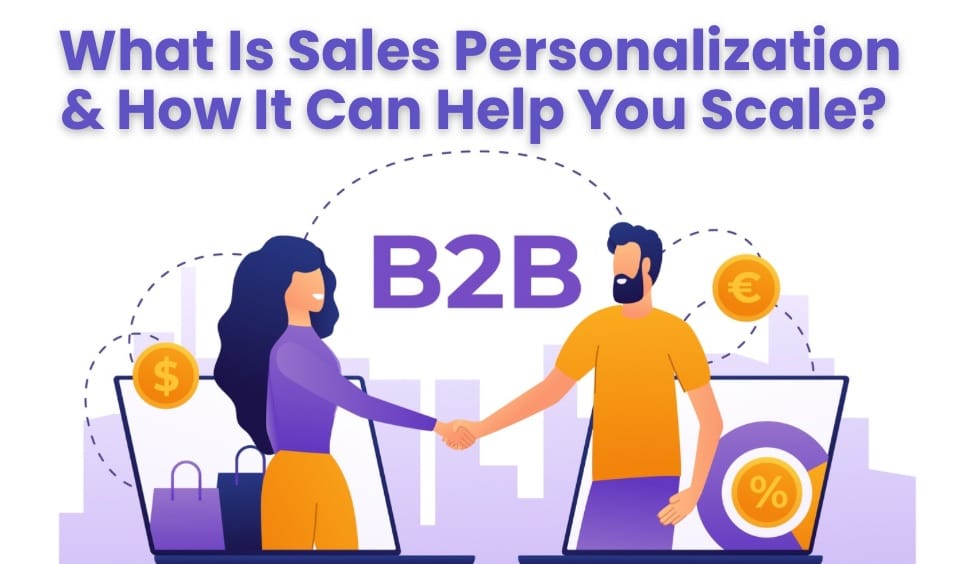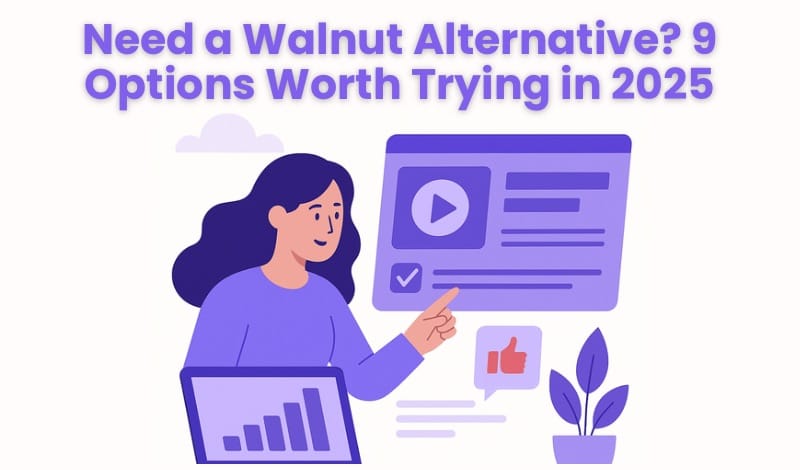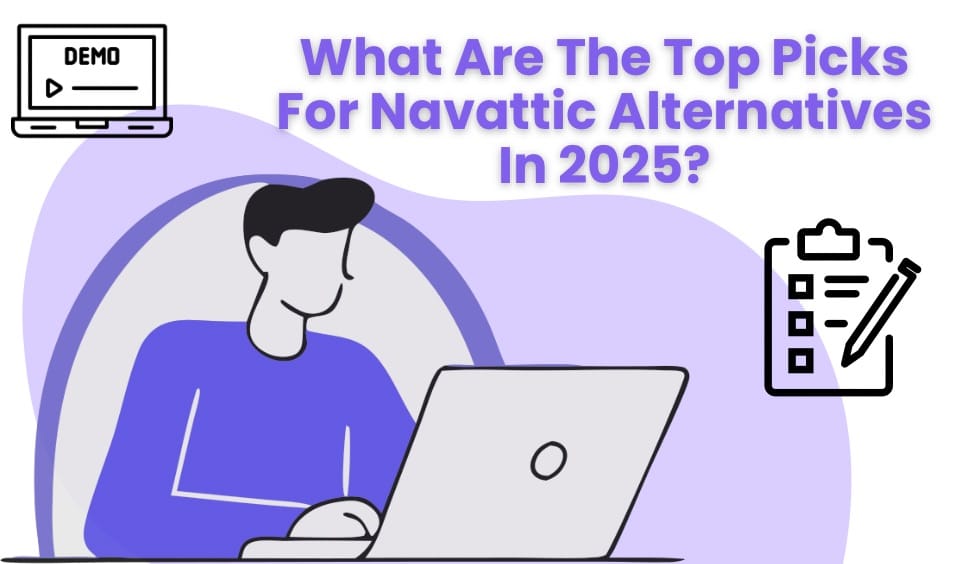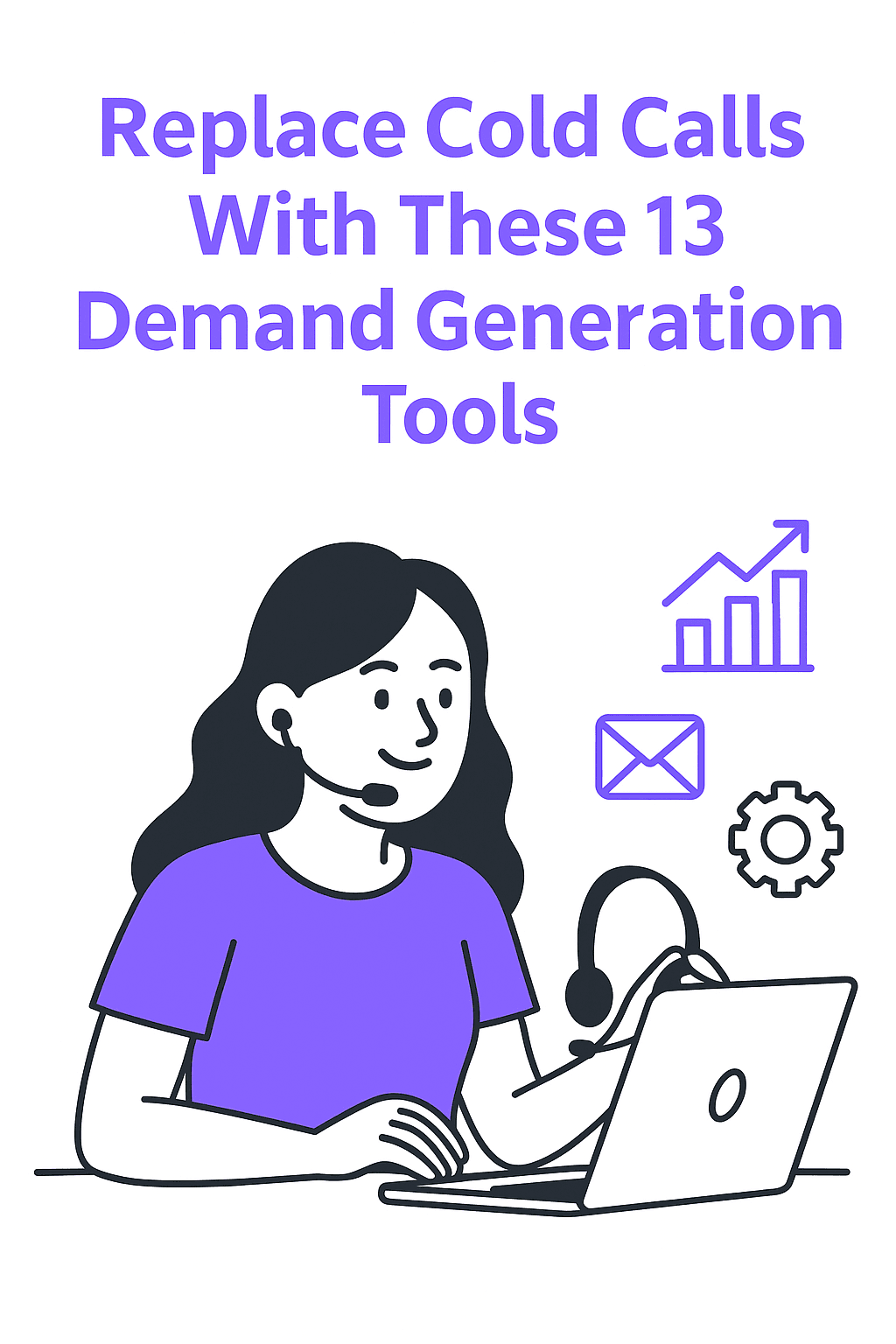
Add Table of Contents
TL;DR
|
A CMO recently told us, “We don’t have a lead gen problem. We have a ‘nothing-happens-after-the-click’ problem.”
That line stuck. Because it’s the story for so many teams right now.
You pour budget into paid ads, crank out webinars, even experiment with LinkedIn DMs, and still? The pipeline stays thin, and sales keep asking, “Where are the qualified leads?”
The truth is, demand generation today isn’t just about attracting attention; it’s about staging interest into momentum. And most marketing teams are still running plays built for 2018, not 2025.
What’s changed? Buyers. They’re tuning out noise, skipping forms, and expecting relevance from the first touch. You don’t need more tools, you need the right ones: tools that connect intent to action, automate intelligently, and prove their worth across the funnel.
This guide breaks down 13 demand generation tools that aren’t just buzzworthy, they’re actually moving the needle.
What Are the 13 Best Demand Generation Tools in 2025?
LinkedIn loves demand gen. Everyone’s preaching playbooks. Pie charts. Pipeline screenshots.
Reddit? Not so much. That’s where marketers vent about tools that overpromise and underdeliver. Clunky platforms. Useless data. Zero ROI.
Who’s right? Both, kind of.
Demand generation works. But only if your stack does. It’s not about piling on tools. It’s about picking the right ones. Tools that help you earn attention, spark intent, and move real buyers forward.
The 13 below? They’re built for that. No hype, just platforms that help you build demand that converts.
Tool | What It Does | Best For | Starting Price |
|---|---|---|---|
SmartCue | Interactive product demos | PLG teams, SaaS onboarding | $99/user/year |
HubSpot | All-in-one CRM + automation | Mid-size to enterprise GTM | $800/month |
Google Ads | Paid demand capture via search | Fast lead generation | $1K–$10K/month (typical) |
Ahrefs | SEO + content intelligence | Long-term inbound traffic | $129/month |
Google Search Console | Organic performance tracker | SEO monitoring | Free |
Hotjar | Behavior analytics | UX insights + CRO | Free → $80/month |
Chili Piper | Lead routing + instant scheduling | Speed-to-lead workflows | $30/user/month |
AdRoll | Retargeting across web + social | Nurturing mid-funnel leads | $5/day minimum spend |
Sprout Social | Social media management + listening | Organic social demand gen | $199/seat/month |
ConvertKit | Email marketing automation | Creators, newsletters | $25/month |
Marketo | Enterprise marketing automation | Complex B2B funnels | Custom pricing |
Leadfeeder | Website visitor ID + firmographics | B2B account-level targeting | €99/month (annual) |
Devi | Brand sentiment + mention tracking | PR-driven demand gen | Custom pricing |
Want more moves that actually generate leads? →
Check out: 12 SaaS Lead Generation Moves That Drive Real Results.
What Will (and Won’t) These 13 Demand Generation Tools Do for You?
Not all demand gen tools deserve a seat in your stack. We broke down the 13 that do, no spin, just signal.
1. SmartCue
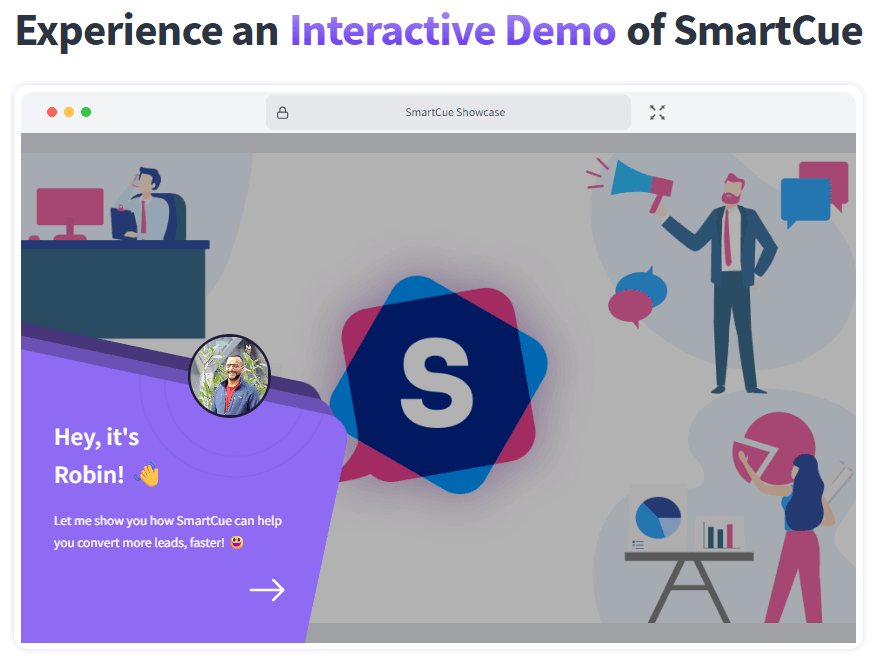
AI-powered interactive demo platform for demand-driven teams
SmartCue helps marketers and sales teams replace generic product tours with targeted, no-code interactive demos. Designed to capture and qualify interest earlier in the funnel, it’s ideal for teams leaning into a product-led growth strategy or solution-based selling. The platform enables quick personalization, better buyer engagement, and smoother handoffs to sales.
Standout Features
No-code demo builder with fast setup
Customizable for different personas or use cases
Helps pre-qualify leads through demo engagement
Supports PLG and sales-led funnels alike
Things to Look Out For
Works best for software and digital product demos
Requires strategic demo mapping to match buyer journey stages
Pricing
Starting from $99 per user/year. Custom plans are available for larger teams.
Get Access To Your First Demo, For Free.
2. HubSpot
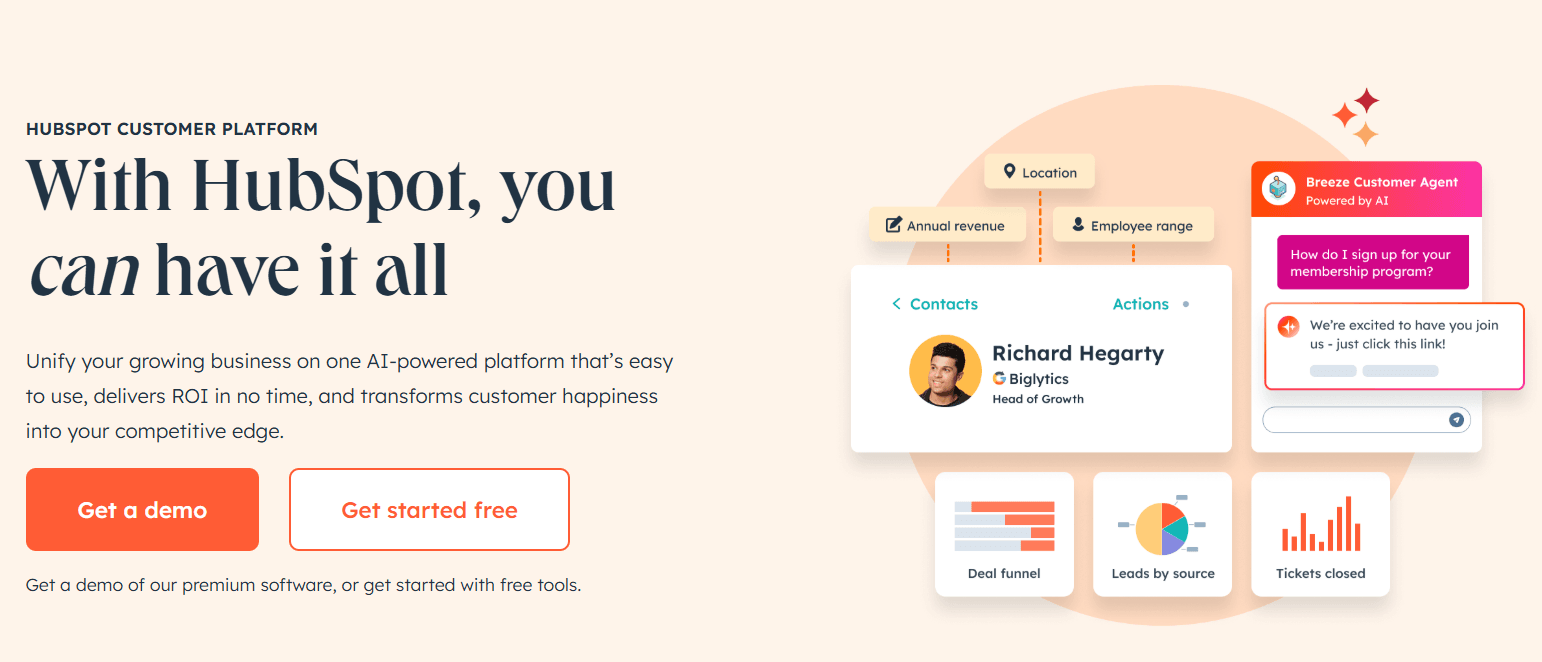
All-in-one CRM and marketing automation platform
HubSpot is a powerhouse for demand generation teams looking to centralize their operations. It combines CRM, email marketing, lead scoring, landing pages, workflows, and analytics into one platform. For companies that need a scalable, structured approach to nurturing and converting leads across channels, HubSpot is often the go-to, especially for mid-market to enterprise teams.
Standout Features
Seamless integration between marketing, sales, and service
Powerful automation with visual workflows
Strong content and email tools for nurturing leads
Built-in analytics and attribution reporting
Things to Look Out For
High entry price compared to lightweight tools
Can become complex without clear implementation planning
Some features locked behind higher-tier plans
Pricing
Starts at US$800/month for the Marketing Hub Professional plan. Additional costs for CRM, Sales, and Service Hubs.
3. Google Ads
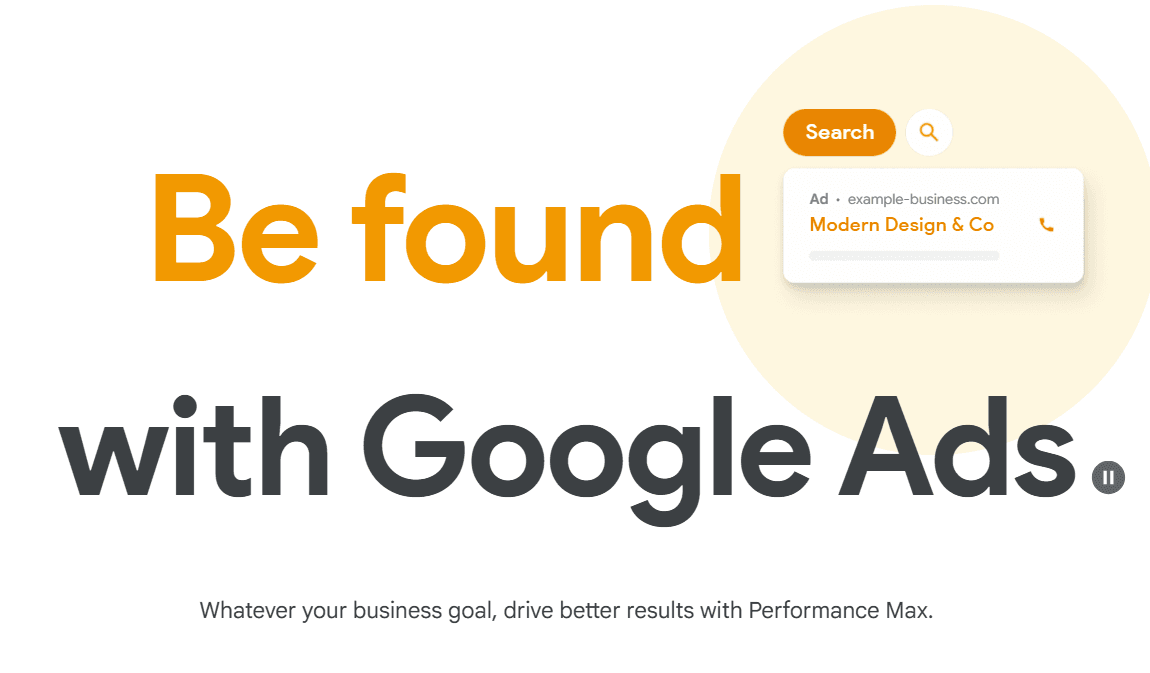
High-intent demand capture through search and display
Google Ads remains one of the most direct ways to capture existing demand. By targeting buyers already searching for solutions, it gives demand generation teams a clear path to qualified traffic. With options across Search, Display, YouTube, and Performance Max, it’s a flexible tool for both brand awareness and bottom-of-funnel conversion.
Standout Features
Reaches buyers with high intent, exactly when they’re searching
Granular targeting by keywords, demographics, and location
Fast results compared to organic channels
Highly measurable with robust analytics
Things to Look Out For
Competitive keywords can drive up CPC quickly
Requires consistent optimization to avoid wasted spend
Not ideal for brand-new markets with no existing search volume
Pricing
Small to medium-sized businesses often spend between $1,000 and $10,000 per month on Google Ads.
4. Ahrefs
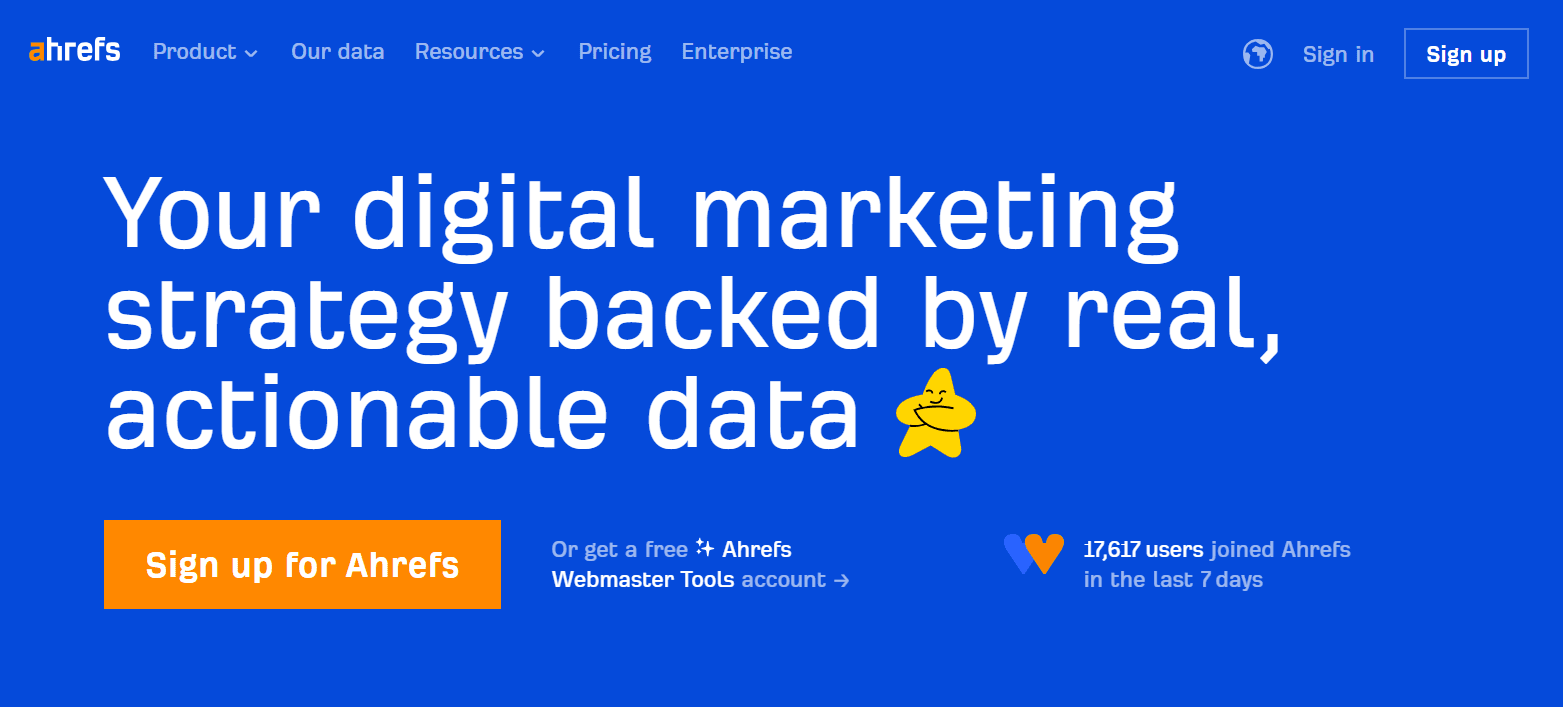
SEO and content intelligence for long-term demand generation
Ahrefs is a leading SEO platform that helps demand generation teams uncover high-intent keywords, analyze competitors, and build content strategies that drive organic traffic. It’s especially valuable for identifying what your audience is searching for before they enter the funnel, making it a key asset for inbound marketing.
Standout Features
Comprehensive keyword and backlink data
Strong competitor analysis tools
Useful for content planning and topic discovery
Tracks ranking performance over time
Things to Look Out For
Steeper learning curve for beginners
Requires consistent content execution to see results
Not ideal for real-time campaign optimization or paid channels
Pricing
Starts at $129/month for the Lite plan.
5. Google Search Console
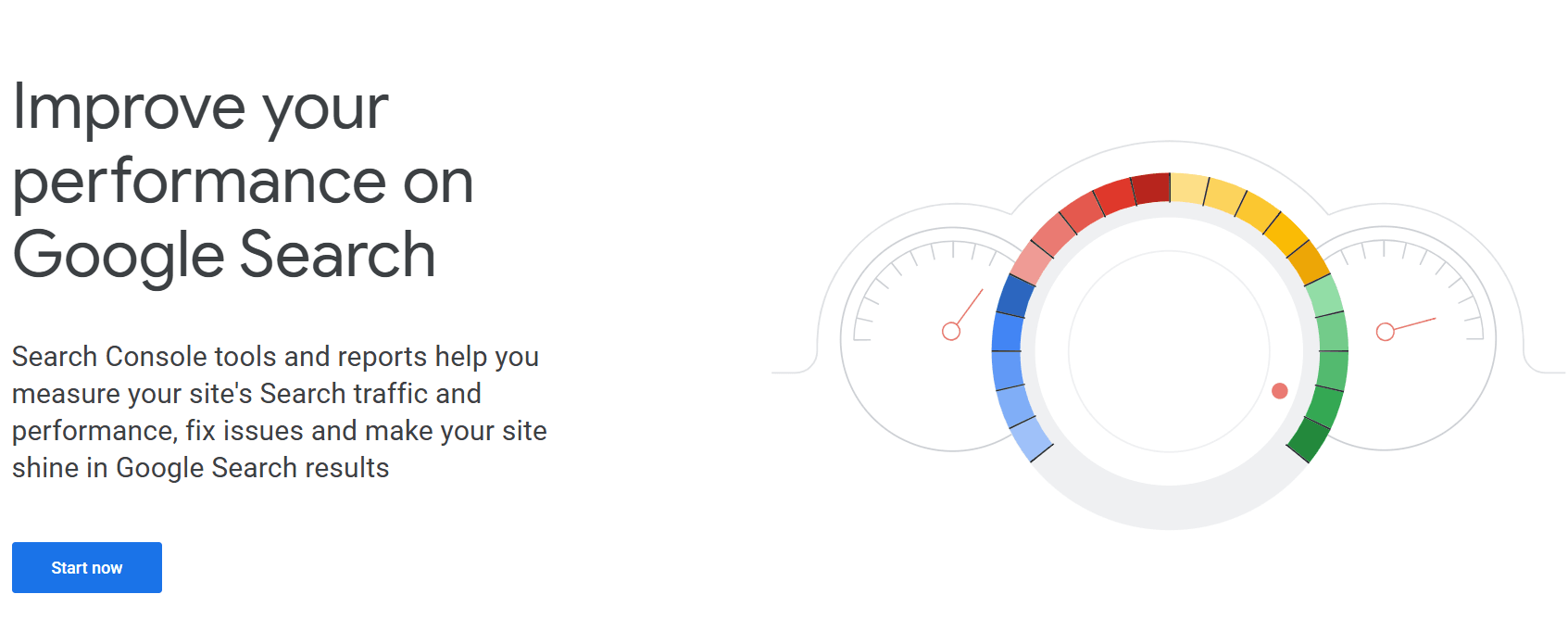
Free SEO insights straight from the source
Google Search Console gives demand generation teams direct visibility into how their content performs in organic search. From keyword rankings to click-through rates and indexing issues, it’s essential for monitoring how your site is discovered and optimizing for more relevant traffic. It’s not flashy, but it’s one of the most reliable data sources in your SEO stack.
Standout Features
Free access to keyword and performance data
Helps identify content opportunities and technical issues
Useful for tracking indexing, mobile usability, and core web vitals
Integrates well with Google Analytics and SEO tools like Ahrefs
Things to Look Out For
Limited historical data compared to paid SEO tools
No competitor data or advanced keyword suggestions
Requires interpretation, raw data isn’t beginner-friendly
Pricing
All use of the Google Search Console API is free of charge. However, it is subject to usage limits.
6. Hotjar
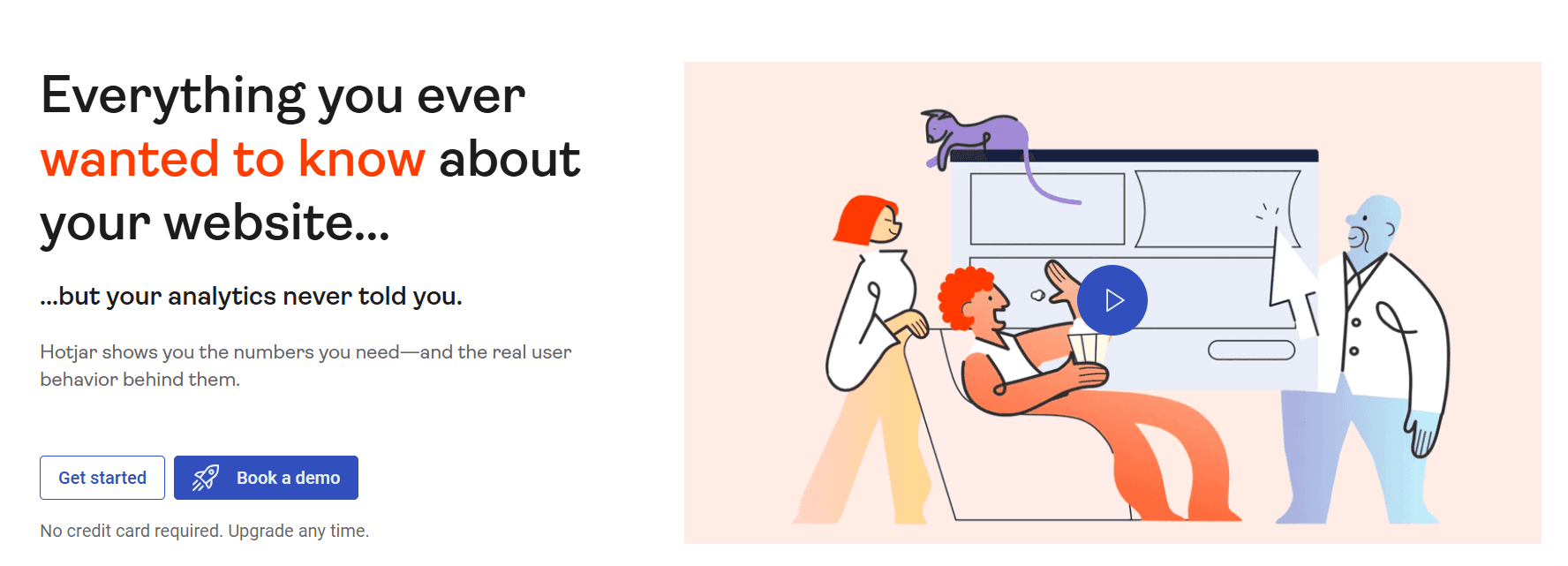
Behavior analytics to understand and convert visitors
Hotjar helps demand generation teams move beyond surface metrics like bounce rate by revealing how visitors actually interact with your site. Through heatmaps, session recordings, and user feedback tools, it uncovers friction points and behavioral patterns, making it easier to optimize landing pages and improve conversion paths.
Standout Features
Visual insights through heatmaps and scroll tracking
Session recordings highlight real-time user behavior
On-site surveys and feedback widgets for voice-of-customer insights
Easy to implement and intuitive UI
Things to Look Out For
Not designed for A/B testing, works best alongside CRO tools
Can slow down load time if poorly implemented
Doesn’t provide direct attribution to revenue
Pricing
The basic plan is free. Business plans start at $80/month (USD).
7. Chili Piper
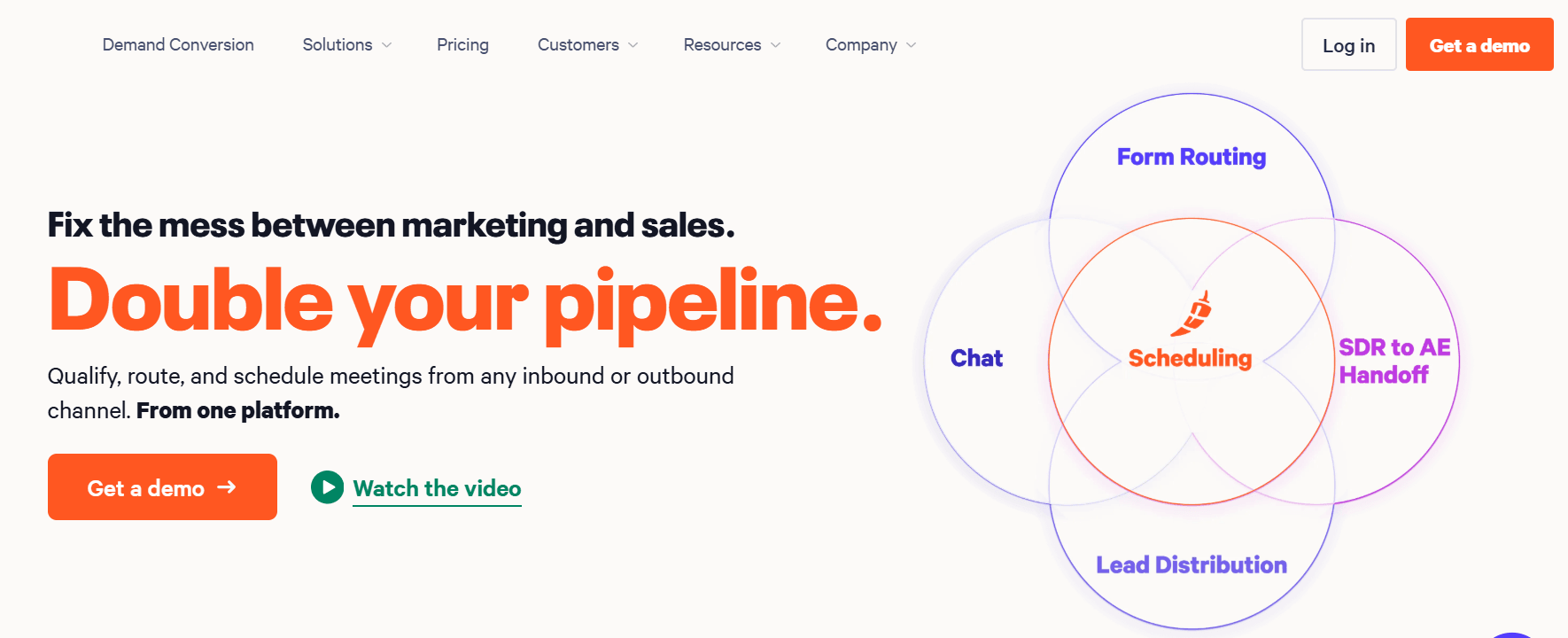
Qualify, route, and schedule leads instantly
Chili Piper product streamlines the moment a lead fills out a form by instantly qualifying them, routing to the right rep, and booking a meeting, all in one flow. It’s built for speed-to-lead and removes the typical lag between form submission and first contact, making it a powerful asset for high-velocity demand gen teams.
Standout Features
Reduces lead response time dramatically
Automatically qualifies and assigns leads based on rules
Integrates with CRMs like Salesforce and HubSpot
Frictionless scheduling experience for prospects
Things to Look Out For
Requires clean lead data and CRM hygiene to route accurately
Setup can be technical, best handled with RevOps support
Doesn’t replace nurture flows, works best at conversion point
Pricing
Starts at $30 per user/month.
8. AdRoll
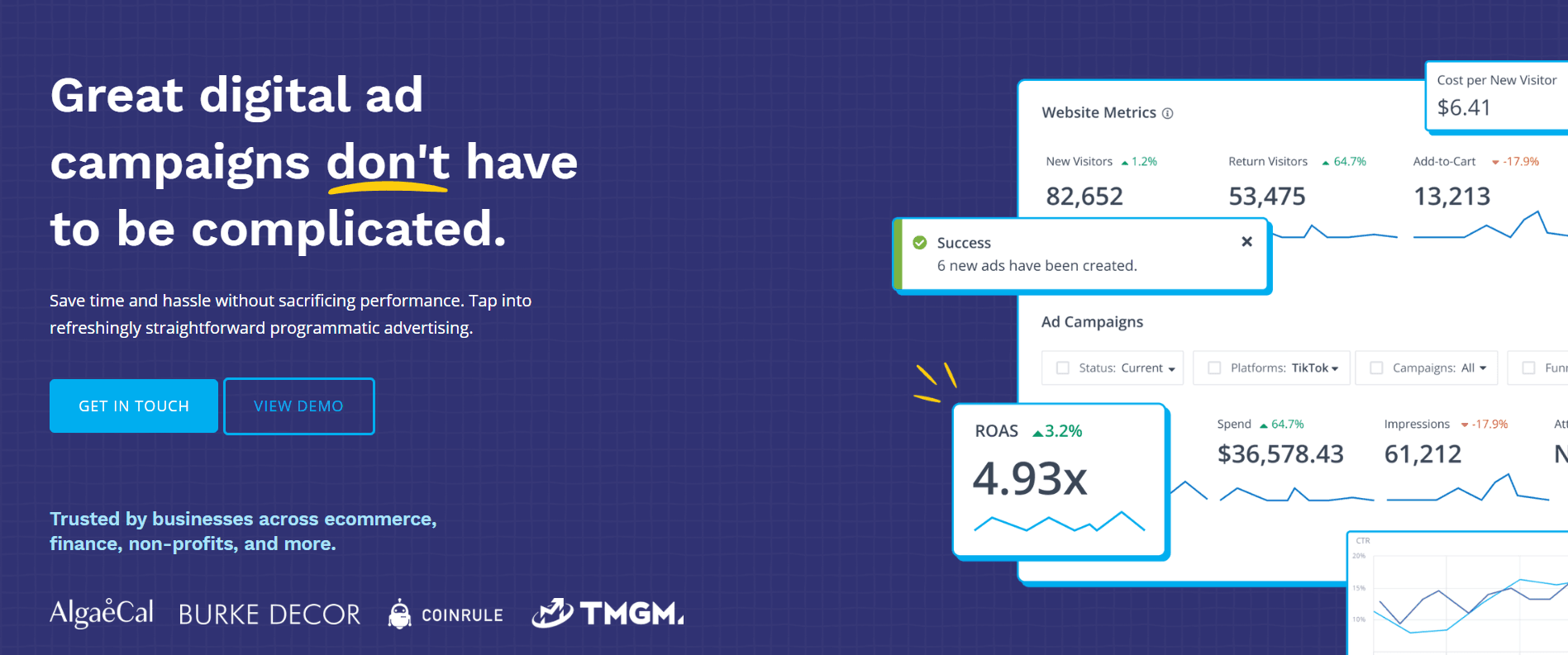
Cross-channel retargeting to stay top-of-mind
AdRoll helps demand generation teams re-engage visitors who didn’t convert the first time. Through display ads, social retargeting, and email campaigns, it keeps your brand in front of potential buyers across the web. It’s especially effective for nurturing mid-funnel interest and bringing back high-intent traffic.
Standout Features
Unified platform for display, social, and email retargeting
AI-powered audience segmentation and personalization
Easy to set up and manage for small to mid-sized teams
Integrates with eCommerce and CRM platforms
Things to Look Out For
Less effective if you have low site traffic (limited retargeting pool)
Ad fatigue can set in, requires creative refreshes
Attribution may overlap with other channels without clean tracking
Pricing
Requires a minimum daily spend of $5 and a minimum daily budget of $10 to launch a campaign.
9. Sprout Social
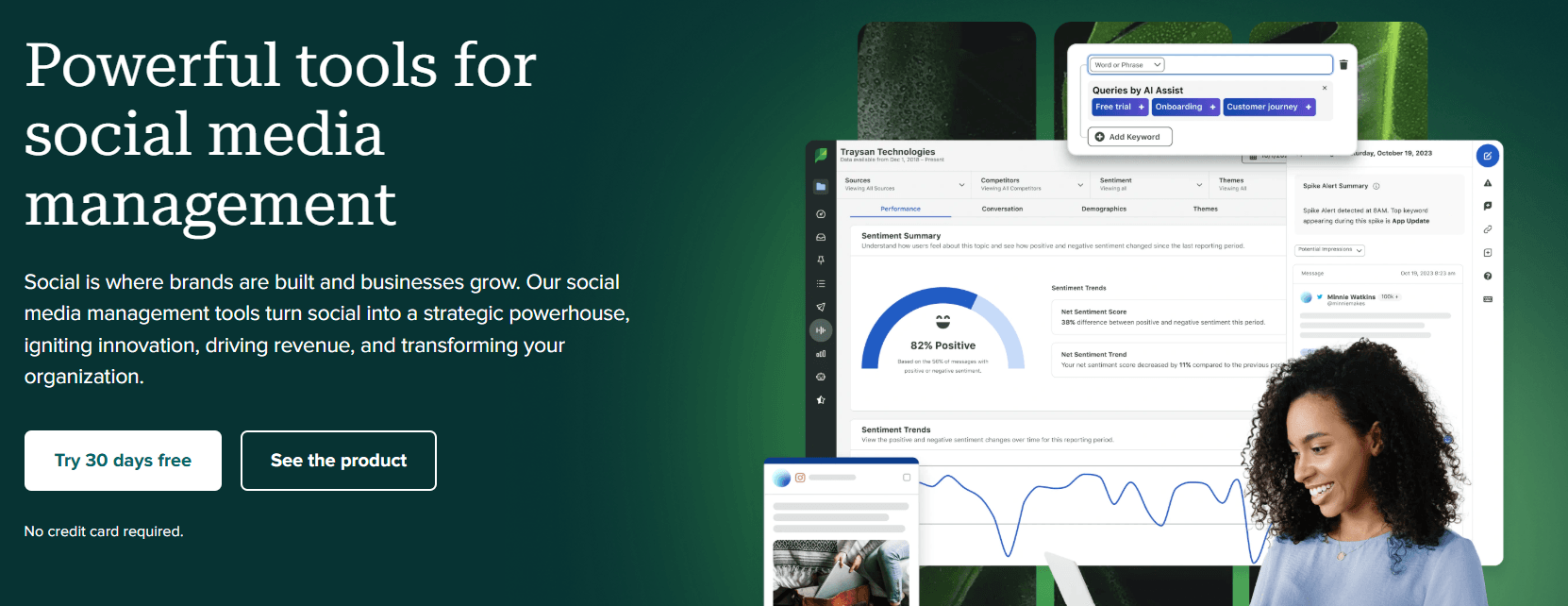
Social media management built for engagement and insight
Sprout Social gives demand generation teams a centralized platform to schedule, publish, and analyze content across social channels. It’s built not just for pushing content, but for listening, engaging, and optimizing based on real audience behavior. With robust reporting and collaboration features, it’s a favorite for brands that treat social as a serious demand driver.
Standout Features
Unified dashboard for multiple platforms (LinkedIn, X, Instagram, etc.)
Smart scheduling and collaboration tools
In-depth audience and engagement analytics
Social listening for brand mentions and trends
Things to Look Out For
Pricing scales quickly with team size and feature needs
Limited paid ad functionality, best for organic social strategy
May be too feature-heavy for teams only posting occasionally
Pricing
Starts at $199 per seat/month.
10. ConvertKit
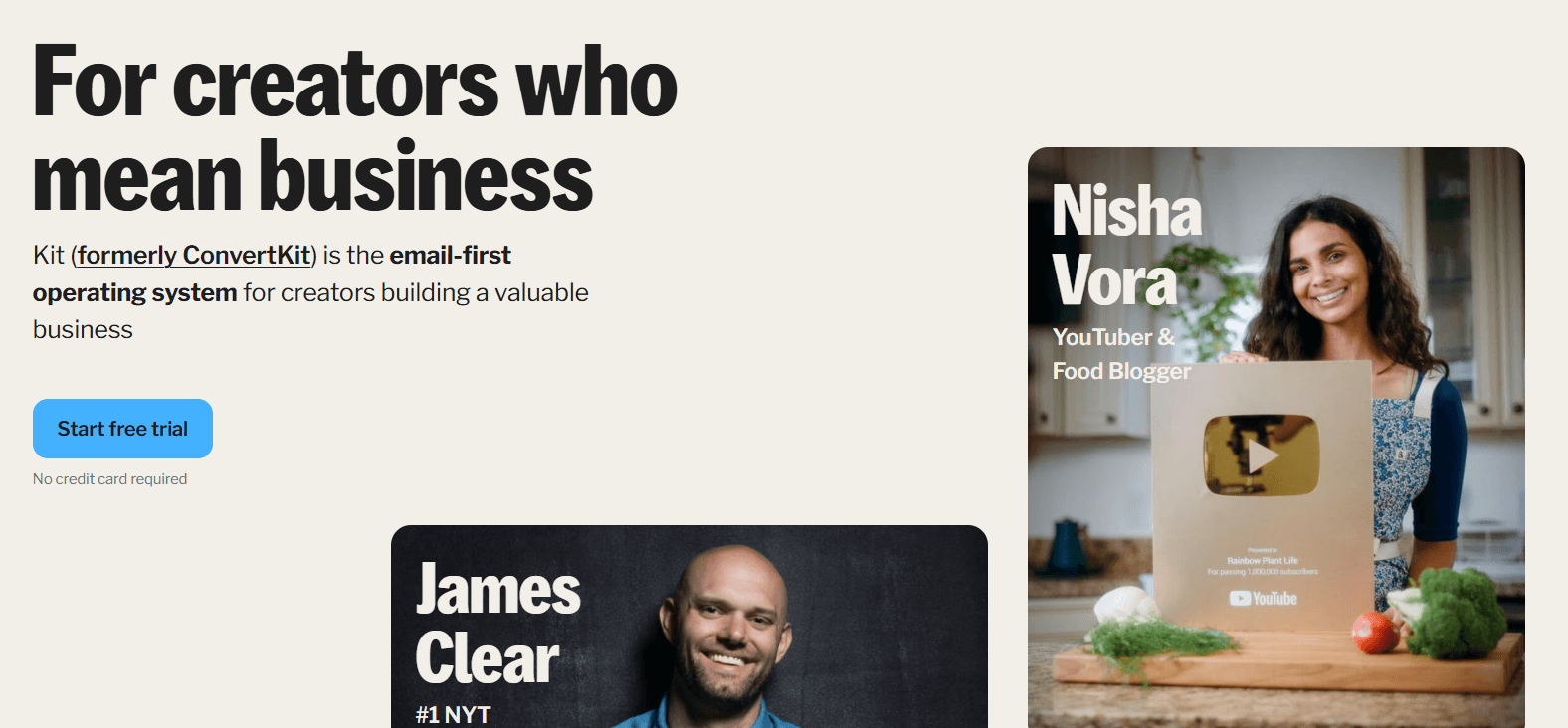
Email marketing built for creators and content-driven funnels
ConvertKit (now Kit) is a lightweight yet powerful email marketing platform designed to help you build and nurture an engaged audience. It’s especially useful for content-led demand generation, think newsletters, lead magnets, and drip sequences. With intuitive automation and list segmentation, it’s a go-to for creators, startups, and lean B2B teams.
Standout Features
Clean, intuitive interface for building campaigns
Visual automation builder for drip and nurture sequences
Tag-based subscriber management for precise targeting
Strong for lead magnets, landing pages, and opt-ins
Things to Look Out For
Limited advanced reporting compared to enterprise tools
Not built for large-scale CRM workflows or ABM
Fewer native integrations than larger platforms
Pricing
Starts at $25/month for up to 1,000 subscribers.
11. Marketo (Adobe)
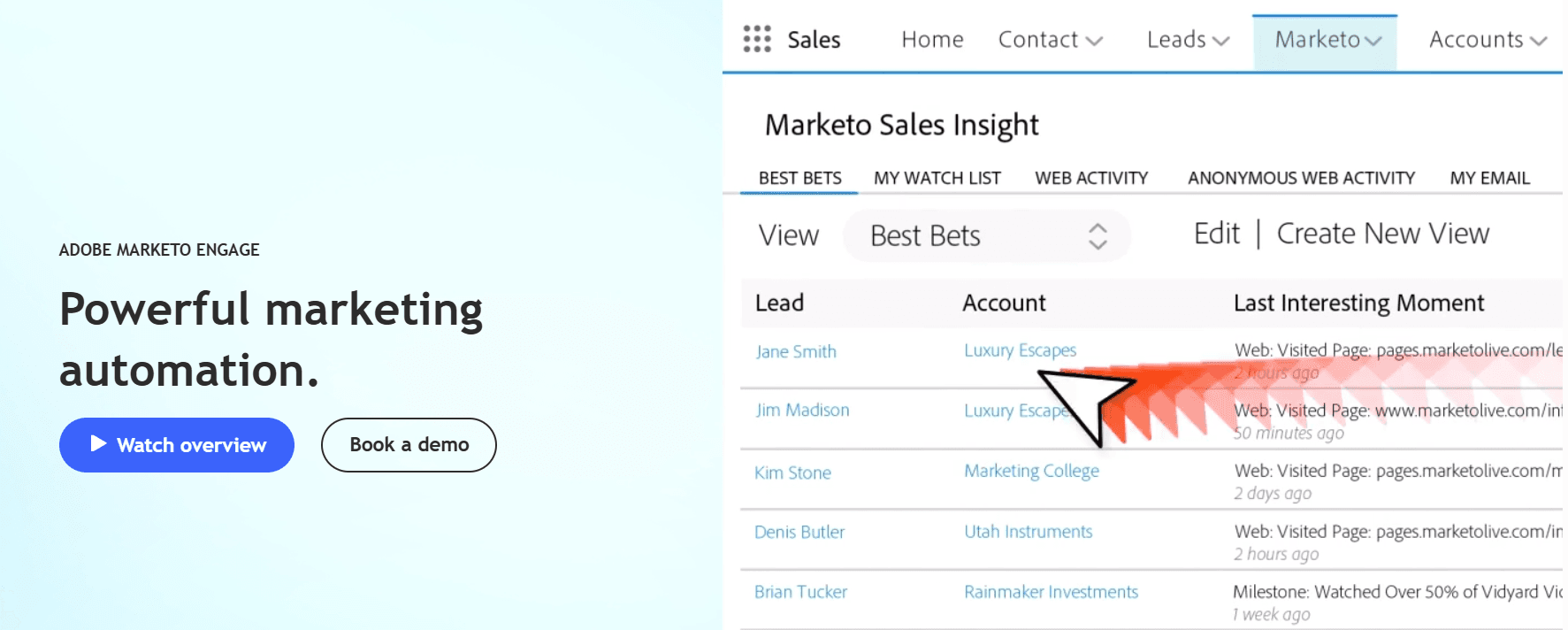
Enterprise-grade marketing automation for complex buyer journeys
Marketo is a robust platform built for large-scale demand generation. From lead scoring and advanced segmentation to multi-touch attribution and dynamic email campaigns, it’s designed for enterprise teams running complex, high-volume marketing operations. With deep integrations into CRMs like Salesforce and powerful customization, Marketo supports every stage of the B2B funnel.
Standout Features
Highly customizable workflows and automation
Advanced lead scoring and behavioral tracking
Strong analytics and attribution modeling
Built to scale with large teams and long sales cycles
Things to Look Out For
Steep learning curve and long onboarding process
Can be overkill for small or mid-sized teams
Requires dedicated ops or technical support to run efficiently
Pricing
Pricing is not publicly listed. You’ll need to request a custom quote based on team size, features, and usage.
12. Leadfeeder
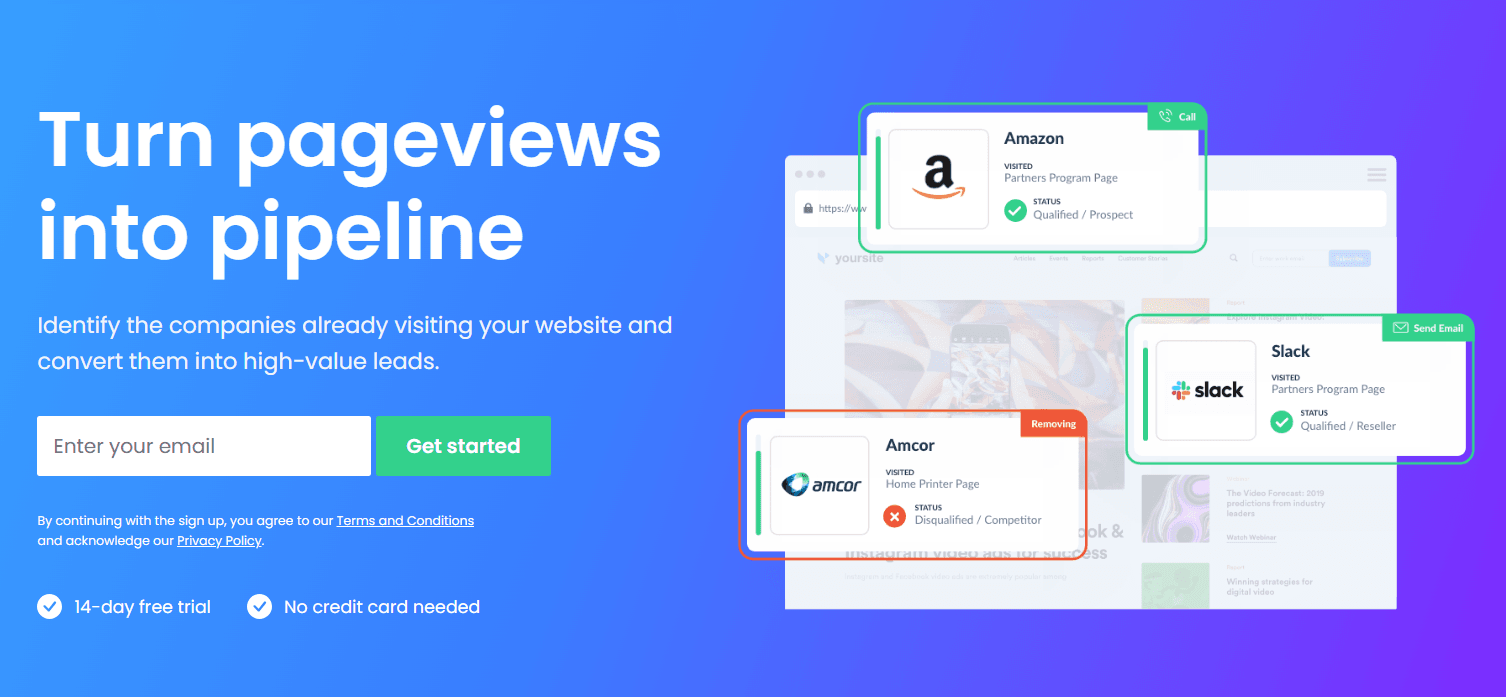
Website visitor identification for B2B lead intelligence
Leadfeeder helps demand generation teams uncover hidden opportunities by showing which companies are visiting their website, even if they don’t fill out a form. It enriches anonymous traffic with firmographic data, helping sales and marketing teams prioritize outreach based on actual buyer intent. Ideal for B2B businesses focused on account-level engagement.
Standout Features
Identifies anonymous visitors and links them to real companies
Integrates with CRMs and automation tools
Filters and scores leads based on behavior
Great for outbound prospecting and ABM
Things to Look Out For
Doesn’t capture individual user data, company-level only
Most valuable for B2B websites with decent traffic volume
Limited insights if traffic is mostly from ISPs or small businesses
Pricing
Paid plans start at €99 per month, billed annually.
13. Devi
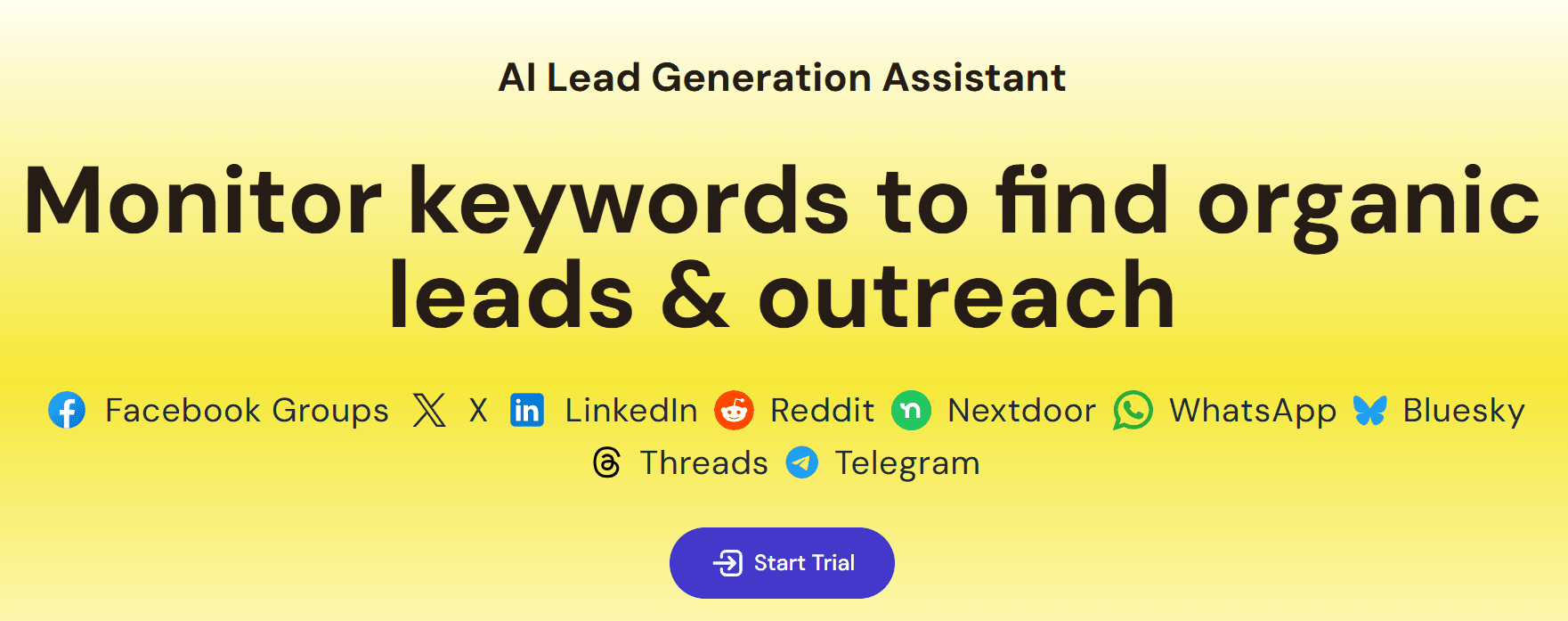
AI-powered brand monitoring and sentiment analysis
Devi helps demand generation teams stay ahead of the conversation by tracking brand mentions, competitor chatter, and sentiment shifts across digital channels. With real-time alerts and AI-driven analysis, it enables marketing teams to act quickly, whether that means amplifying a positive trend or managing reputational risk. It’s especially useful for brand-driven demand gen and market positioning.
Standout Features
Real-time monitoring across web, social, and news
AI-powered sentiment detection and trend analysis
Customizable alerts and filters
Helps shape messaging based on how your brand is perceived
Things to Look Out For
Works best when paired with a strong social or PR strategy
Requires tuning to avoid irrelevant alerts or noise
Data quality depends on integration with relevant sources
Pricing
Custom pricing based on your team’s size, data needs, and use cases.
How SmartCue Helped a Travel CRM Build a Scalable Demand Engine Without a Sales Team
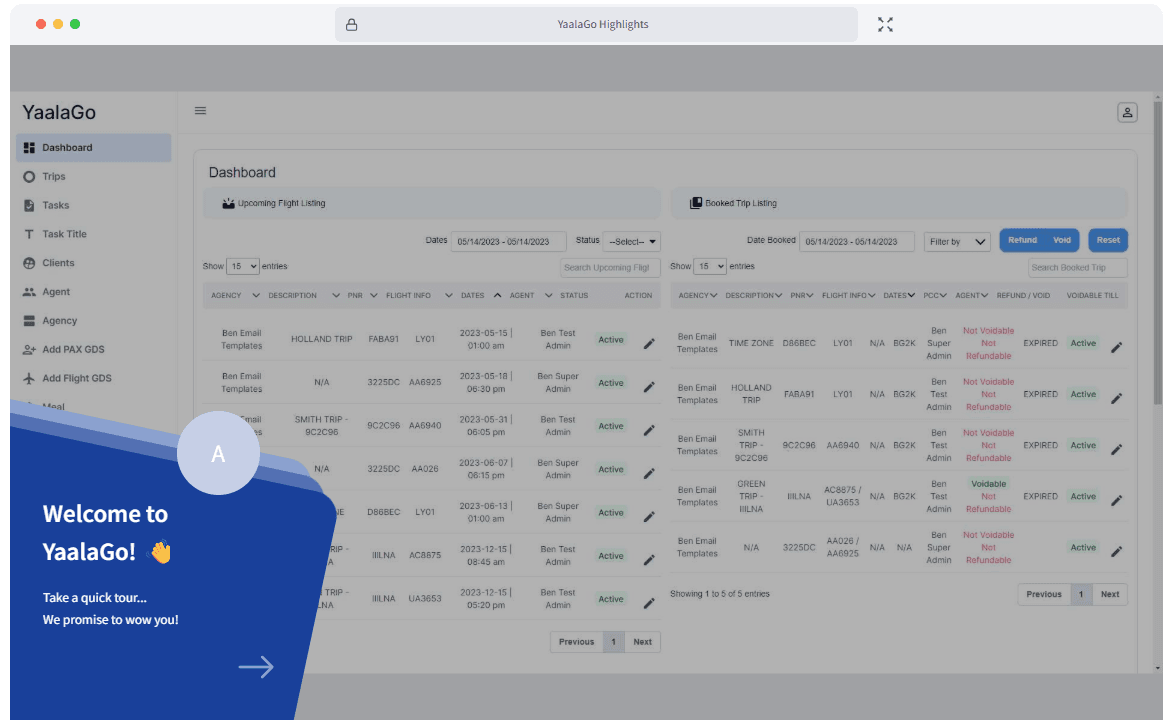
Selling a CRM to travel agencies isn’t easy. Long sales cycles. Feature-rich platforms. Users who aren’t always tech-savvy.
YaalaGo knew traditional lead capture wasn’t enough. So they turned to SmartCue to let the product sell itself.
With SmartCue, YaalaGo replaced static product pages with interactive demos, giving potential customers a hands-on preview of its all-in-one travel CRM. From onboarding to advanced tutorials, leads now experience value instantly, before the sales team ever steps in.
What They Built with SmartCue
A clickable product tour of YaalaGo’s Sabre Companion Tool
Onboarding walkthroughs that help new users activate faster
Self-serve tutorials for complex features like GDS parsing and client management
The Demand Gen Payoff
Turned passive visitors into qualified, educated leads
Shortened onboarding time and reduced drop-off
Made adoption seamless, driving stickiness from day one
YaalaGo’s approach is a perfect case of product-led demand generation: lower friction, higher intent, and smarter conversions, powered by interactive experiences.
Want to Build a Demo for Your Business Just Like YaalaGo?
Here's how you can build a high-impact demo like this with SmartCue in four easy steps.
Step 1- How to Sign Up & Log In?
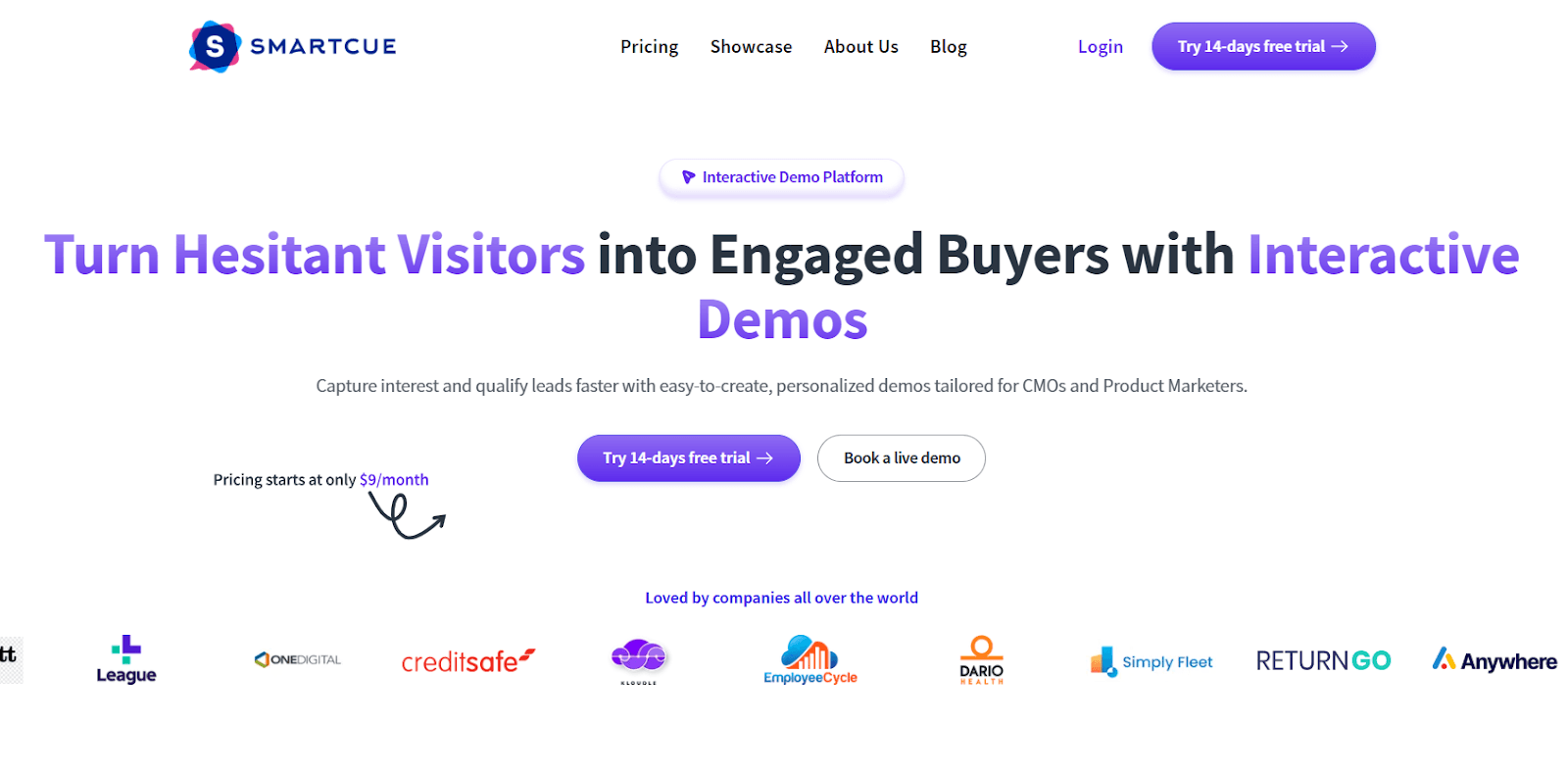
Start with the
and explore SmartCue’s intuitive interface.
Step 2- How to Create a New Showcase?
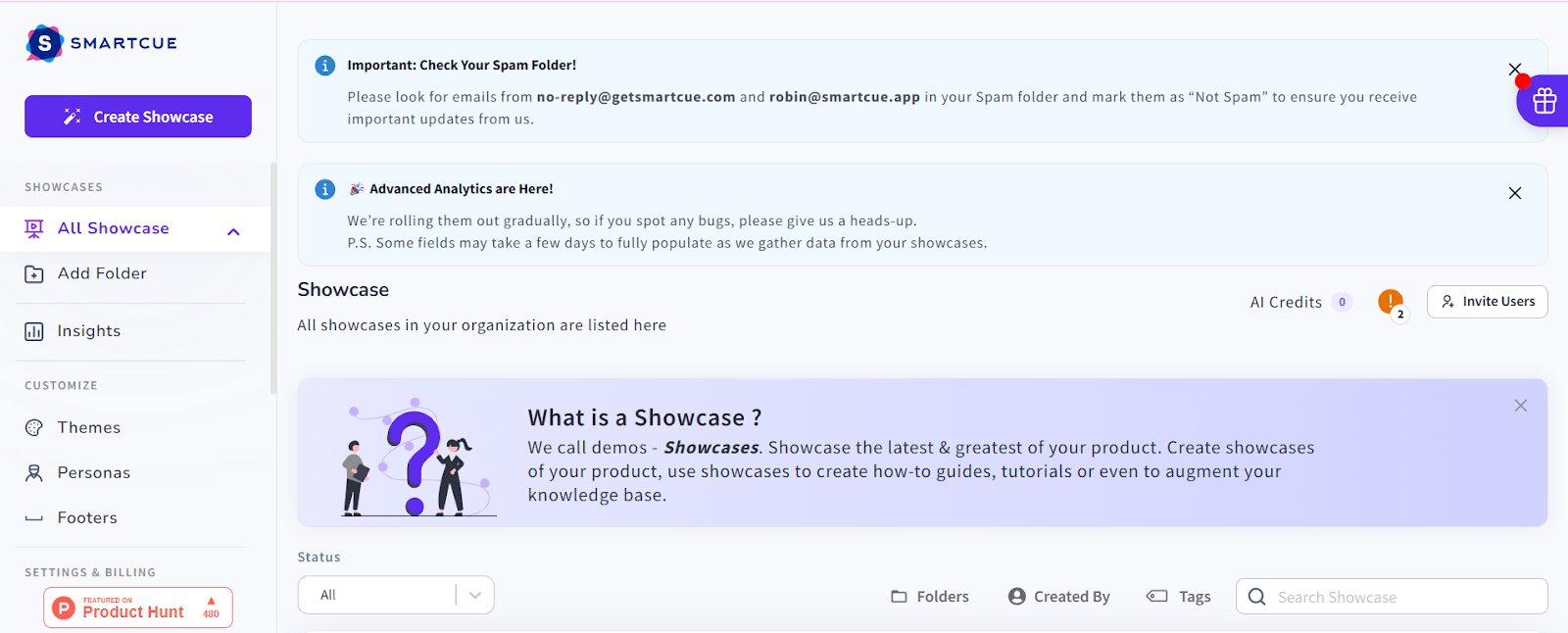
Create a showcase by manually uploading or downloading an extension.
Step 3- How to Build the Showcase?
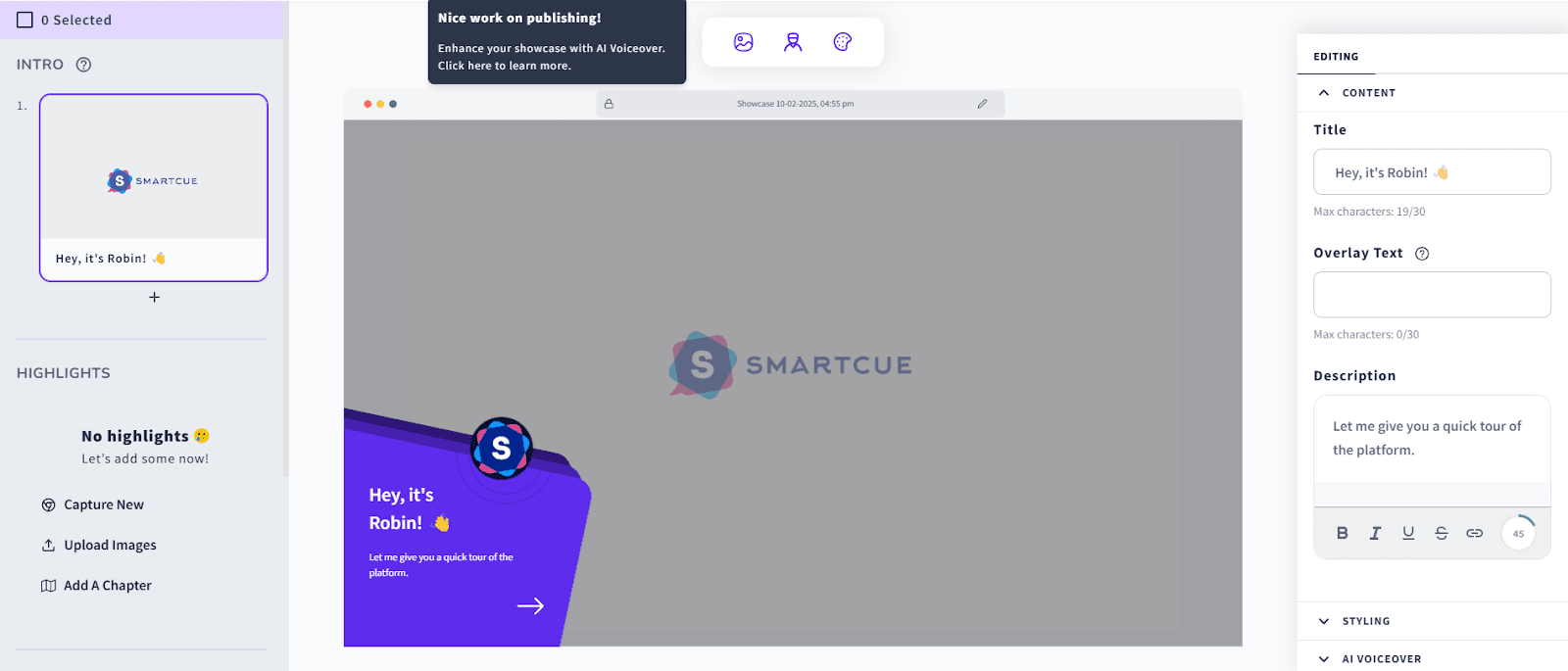
Add text descriptions and enhance your showcase with integrated tools.
Step 4- How to Publish the Showcase?
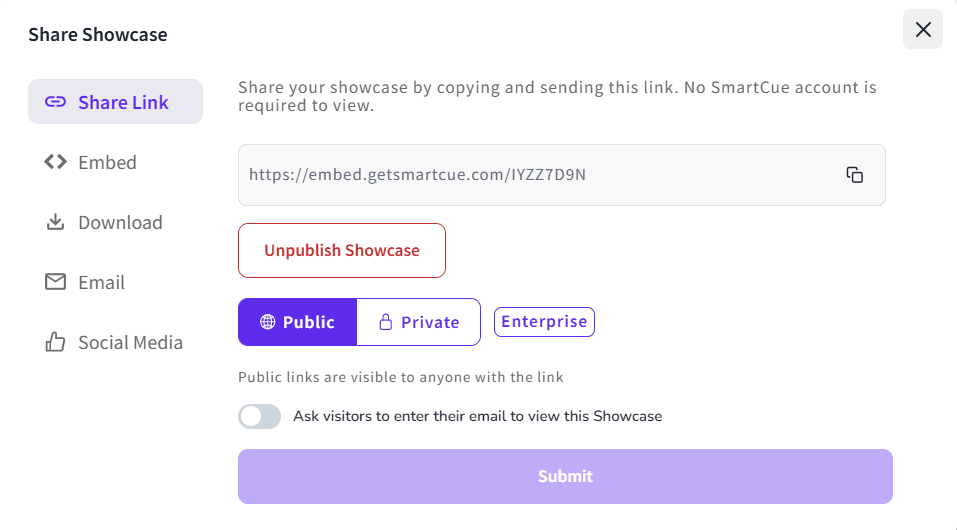
Tap on the Publish button once you are done with the customization and save your progress.
Or skip the back and forth, book a one-on-one call today.
Frequently Asked Questions
What role does content creation play in a demand generation strategy?
Content creation addresses pain points, educates buyer personas, and supports digital marketing campaigns and demand generation AI tool that guide prospects through the buyer’s journey.
What’s the difference between lead gen tools and demand generation marketing tools?
Lead gen tools focus on contact capture, while demand generation tools support the full customer journey, from awareness to qualified interest, strengthening your overall marketing strategy.
What are demand generation tools?
Demand generation tools help businesses drive potential leads into the sales funnel through content marketing, case studies, web pages, and white papers. These valuable tools support marketing efforts, sales enablement, and customer interactions to boost conversion rates and fuel business growth.
What are some demand generation best practices?
Successful demand generation requires aligning sales workflows and marketing efforts, creating targeted content marketing like case studies and white papers, leveraging automation capabilities, and tracking campaign performance across various platforms to nurture your sales pipeline and improve conversion rate optimization.
What features should I look for in a demand generation tool?
Look for demand generation solutions with automation capabilities, CRM integration for smooth customer relationship management, robust keyword research, mobile app access, and analytics to monitor campaign performance. The right tools streamline sales processes and empower sales reps to drive customer success.
